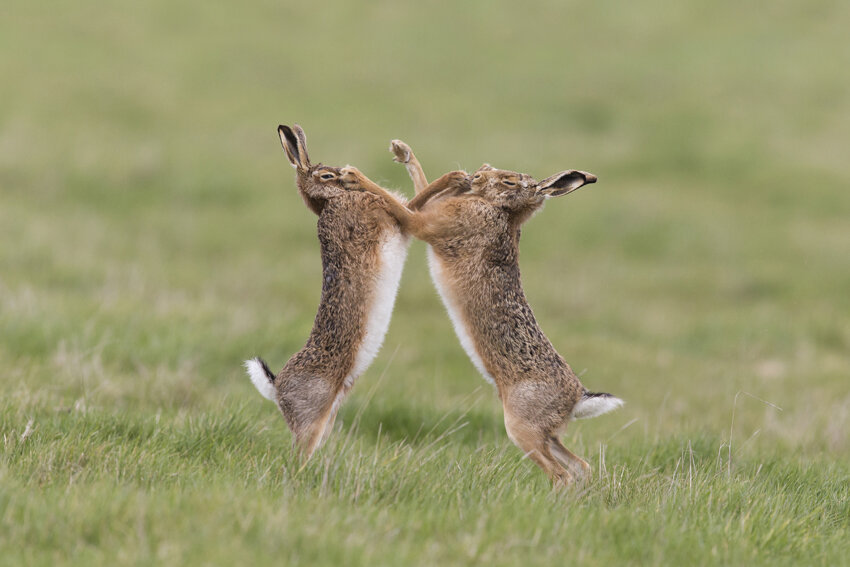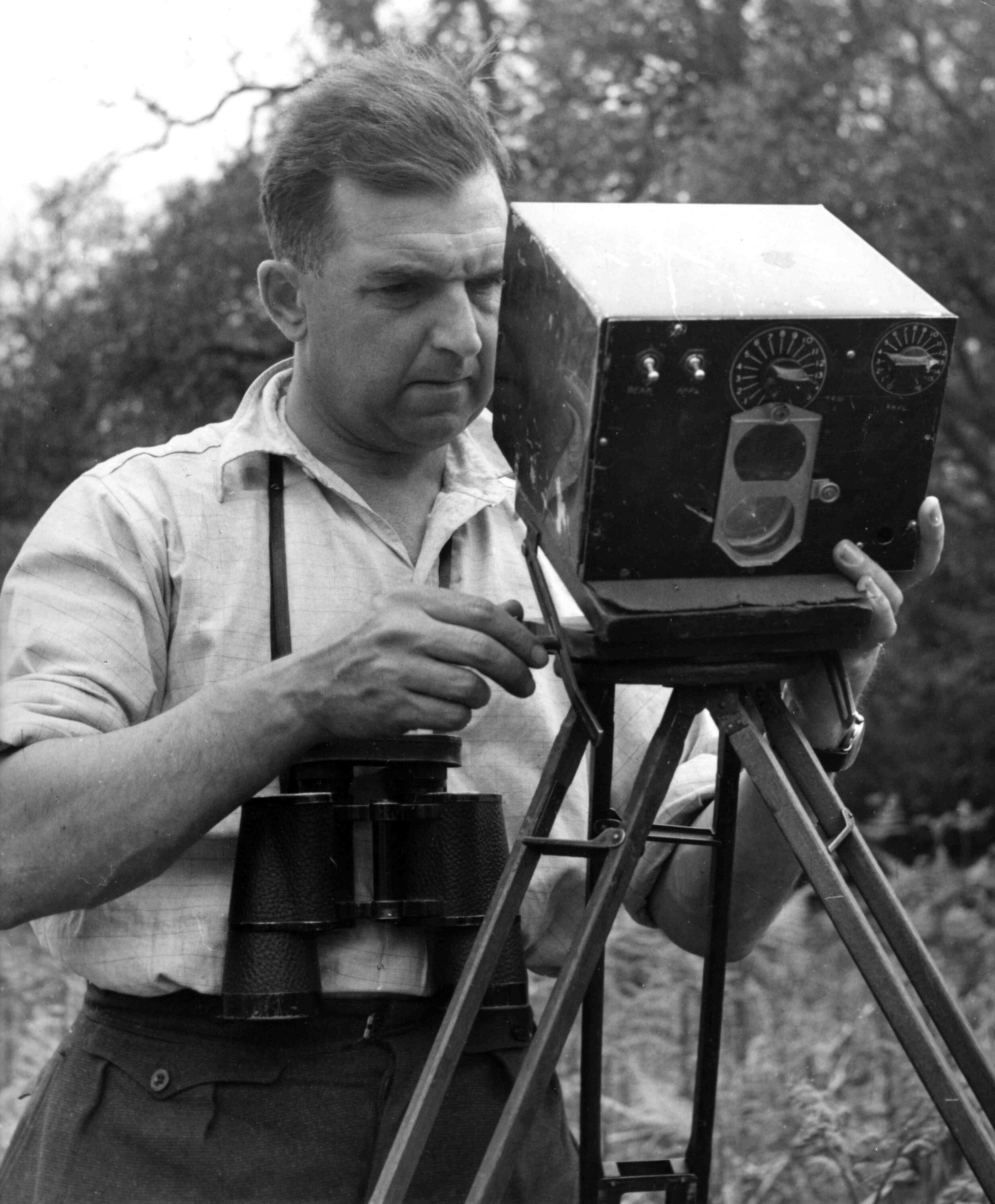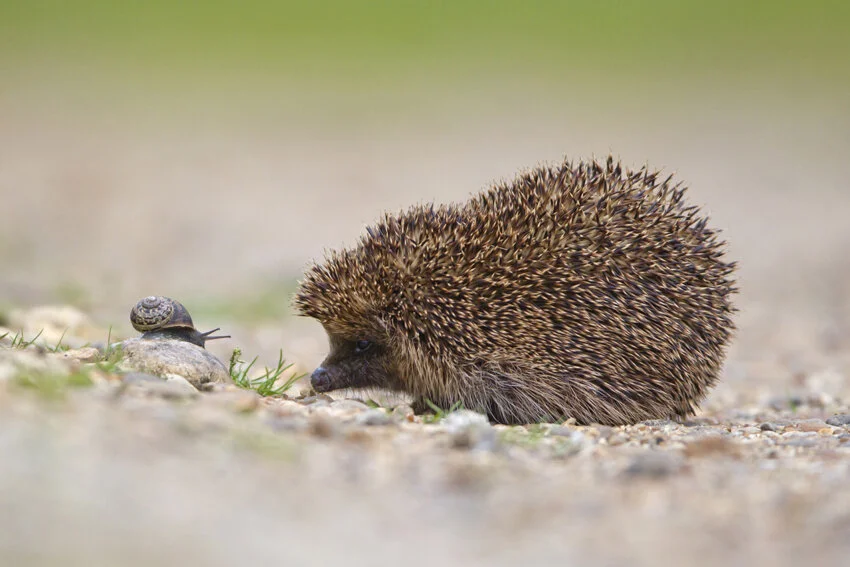As part of International Vulture Awareness Day 2021, we are launching a new appeal to find local artists to create some interactive models for our scavengers.
Visitors to Suffolk Owl Sanctuary over the summer have been mesmerised by our afternoon flying display, which ends with our two Hooded Vultures, Jack and Rose, joined by Ruby, the Rüppells Griffon Vulture and our Red Kites, Jester and Nessa. This part of the display explains the vital role that vultures and other scavengers play in the ecosystem, removing harmful biological waste and preventing the spread of deadly diseases.
Whilst the display is interactive and entertaining, with five birds flying around looking for food, we would love to add a new educational element to the display in the future, and this is where our Sculptures for Vultures Appeal comes in.
Hooded Vulture Rose, searching for a tasty treat during the display.
We are looking for artists, preferably local, who can create models to represent carcasses which the vultures can feed off during the display.
Ideally, the models should be “life sized” of the types of animals that our vultures would encounter in the wild, so wildebeest, zebra, gazelle etc, or cattle and goats. Each model should have gaps or holes where food can be hidden. Any material can be used, but it must be safe for our birds, and fairly sturdy (Ruby weighs in at over 7.5 kg!)
If you are an artist who thinks they could help us, please contact info@owl-help.org.uk with your idea, detailing what materials would be used and any costs.
We appreciate that artists may be unable to donate materials and time for free, so if you’d like to support this appeal, you can donate here.

































































































